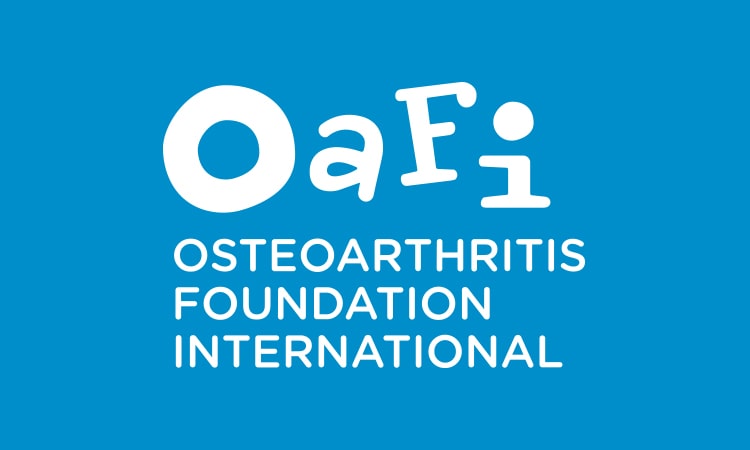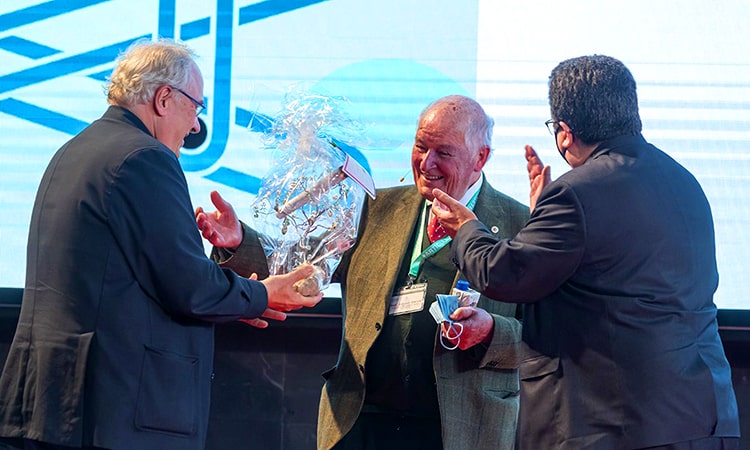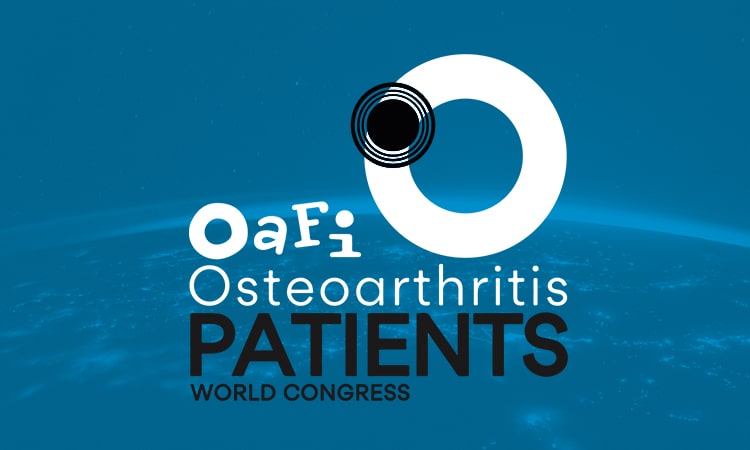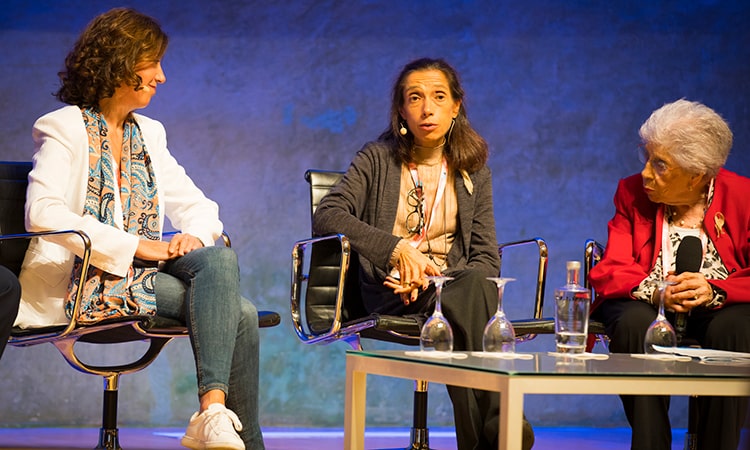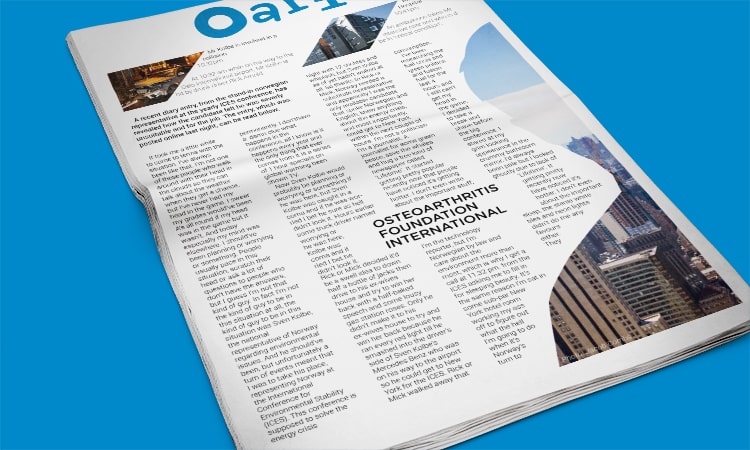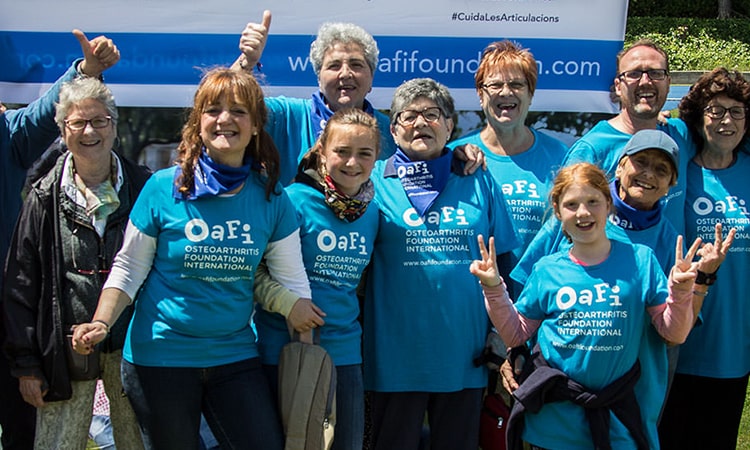- Foundation
- Actions
- Osteoarthritis
- Actuality
- OAFI Radio/TV
- Get Involved
- Contact
-
-
-
OAFI
Osteoarthritis International FoundationC/ Tuset, 19 · 3º 2ª
08006 Barcelona
(+34) 931 594 015
info@oafifoundation.comSchedule:
Monday-Thursday 9AM-6PM
Friday 8AM-3PM
-
-
-

-

-

FAQs
Arthritis means joint inflammation while osteoarthritis means joint wear and tear.
There are many types of arthritis, including osteoarthritis.
Osteoarthritis is a degenerative disease that affects the cartilage, the subchondral bone and the synovial membrane (synovitis) that can often appear with inflammation and may increase with age.
There is a genetic predisposition to suffering from osteoarthritis in some cases. For example, in osteoarthritis that affects the fingers of the hands, there is a specific genetic abnormality that is particularly prevalent in women. Except in these cases, genetic inheritance is a factor that is not to be feared too much.
No, there is no common guideline for all patients and applicable to all. Each person is different. In some people, the disease develops more quickly or its symptoms are more severe than in others.
No. While it is true that the degeneration of the joint cartilage is related to age, osteoarthritis also appears in other groups of people: women over 45, athletes and even young people.
Avoid modifiable risk factors for the disease, such as obesity, excessive sedentary lifestyle and joint overload.
Yes, as reducing the load on your joints will help to remove tension and prevent premature wear and tear.
We must not overload the joint, although it is not advisable to stop performing physical activity either, as this can worsen osteoarthritis and affect the mobility and autonomy of the person. If in doubt, it is advisable to consult a healthcare professional for advice on which exercises are most suitable.
Walking, swimming, Nordic walking, Tai chi, aqua gym or cycling. Impact sports such as basketball or football should be avoided.
Send us your query
-
“The OAFI Foundation was born to give a voice to the millions of people who suffer from a disease as devastating as osteoarthritis. With an innovative, creative and action mentality, at OAFI we have pioneering projects for treatment and research. Our motto is: WE MAKE THINGS HAPPEN!”
 Dr. Josep Vergés
Dr. Josep Vergés -
“The patient is the raison d'être of the International Osteoarthritis Foundation (OAFI) and is the engine that drives us to work and move forward. Being an OAFI volunteer means taking sides and helping to carry out the initiatives promoted in favor of other patients and the Society in terms of health.”
 Maria Teresa Vergés
Maria Teresa Vergés -
“Communication is one of the central pillars of OAFI. As patient representatives, it is our duty to bring their voice to the public sphere and, in turn, transfer them the necessary tools to better understand their disease. Our role as disseminators and awareness of osteoarthritis is essential to help them understand and accept it. In this way, we will be able to improve their quality of life and prevent future cases of the pathology.”
 Cristina Nova
Cristina Nova -
“In order to develop the social activity of the foundation, it is important to raise funds that allow us to act autonomously and independently. From the foundation we have to thank all the people and companies that, with their contributions, allow us to continue working every day to help people who suffer from osteoarthritis and other oestoarticular pathologies.”
 Marco Bibas
Marco Bibas -
“The OAFI Foundation's R&D department plays a crucial role in advancing knowledge and treatment of joint health, especially osteoarthritis. We drive the generation of new scientific knowledge, we explore new therapies and treatments, and we promote the exchange of knowledge, resources and data with organizations and researchers around the world, with the aim of improving the lives of those who suffer from this disease.”
 Nina Martínez
Nina Martínez -
"Non-Governmental Organizations (NGO) and Non-Profit Organizations (ONL), in order to undertake actions that transform and improve society, we need the Corporate Social Responsibility of companies, since financing is necessary and in application of ethics and transparency enhances donor organizations.”
 Dr. Baquero Úbeda
Dr. Baquero Úbeda
Help us improve the quality of life of Osteoarthritis patients.
BECOME A PARTNER
Help us improve the quality of life of osteoarthritis patients by becoming a partner.
BECOME A VOLUNTEER
The patient is the reason for being OAFI, become a volunteer and help us improve their quality of life.
MAKE A DONATION
Your help is very important to us, with it we can finance our founding work.
CONTACT
-
C/ Tuset, 19 · 3º 2ª
08006 Barcelona - (+34) 931 594 015
- info@oafifoundation.com
-
From Monday to Thursday
from 9AM to 6PM
Friday from 8AM to 3PM
The Foundation
Other Links

The OAFI mascot, called OAFITO, was created exclusively and altruistically by the artist Xavier Mariscal.
